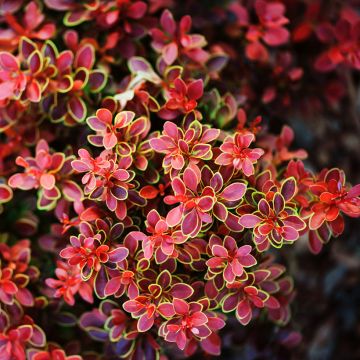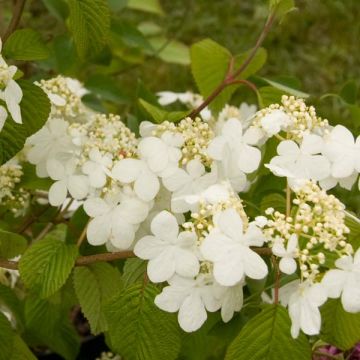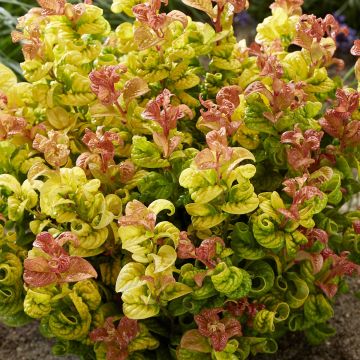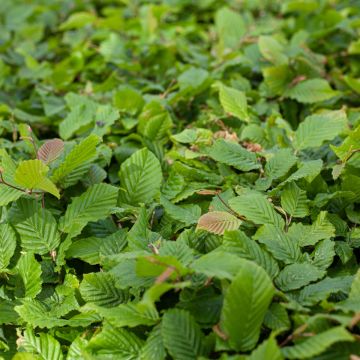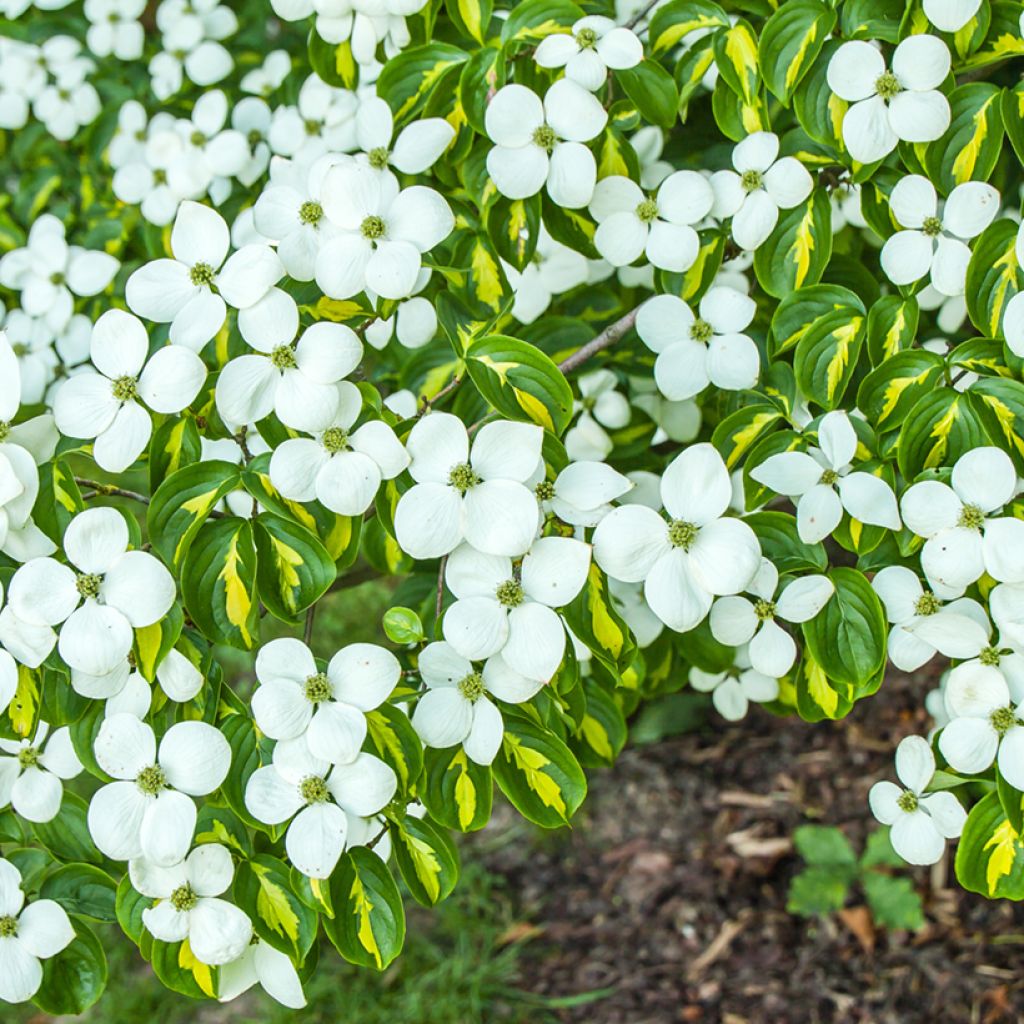

Cornus kousa Gold Star - Flowering Dogwood
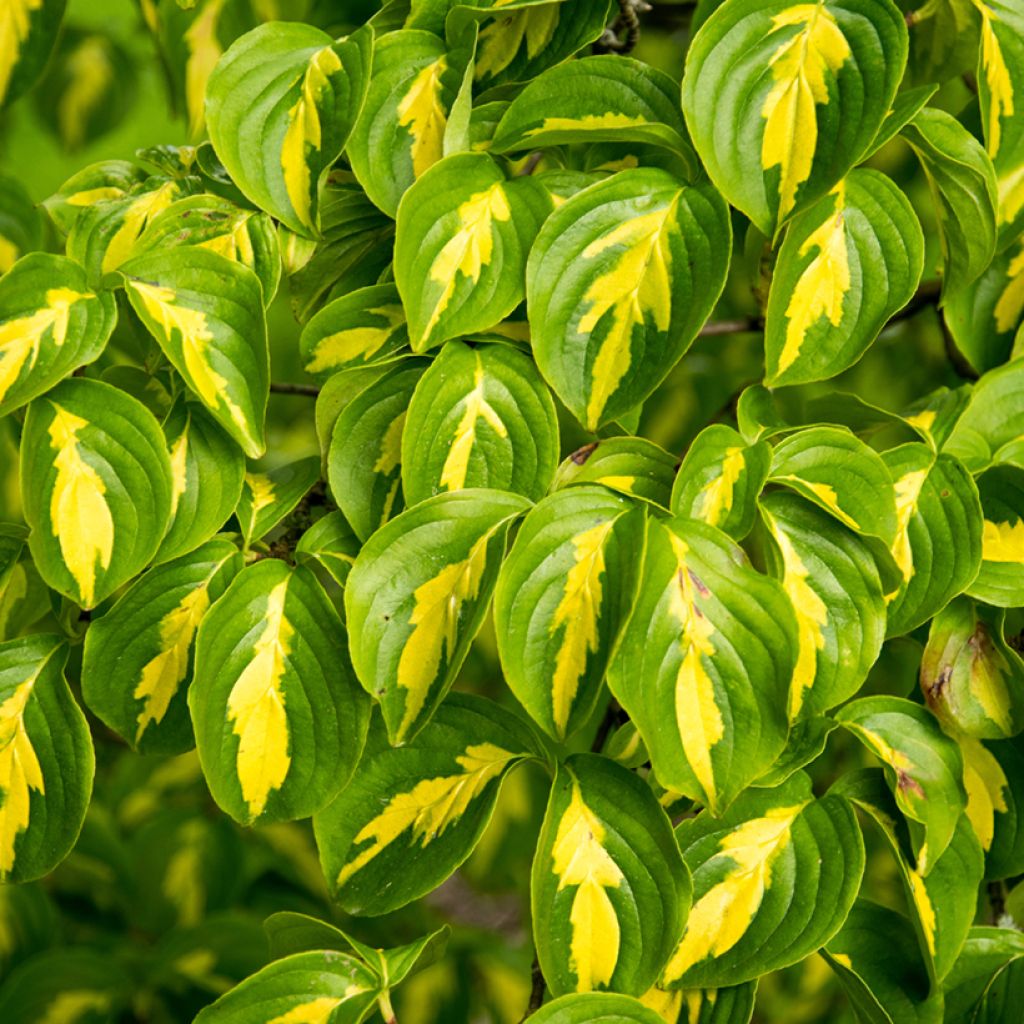

Cornus kousa Gold Star - Flowering Dogwood
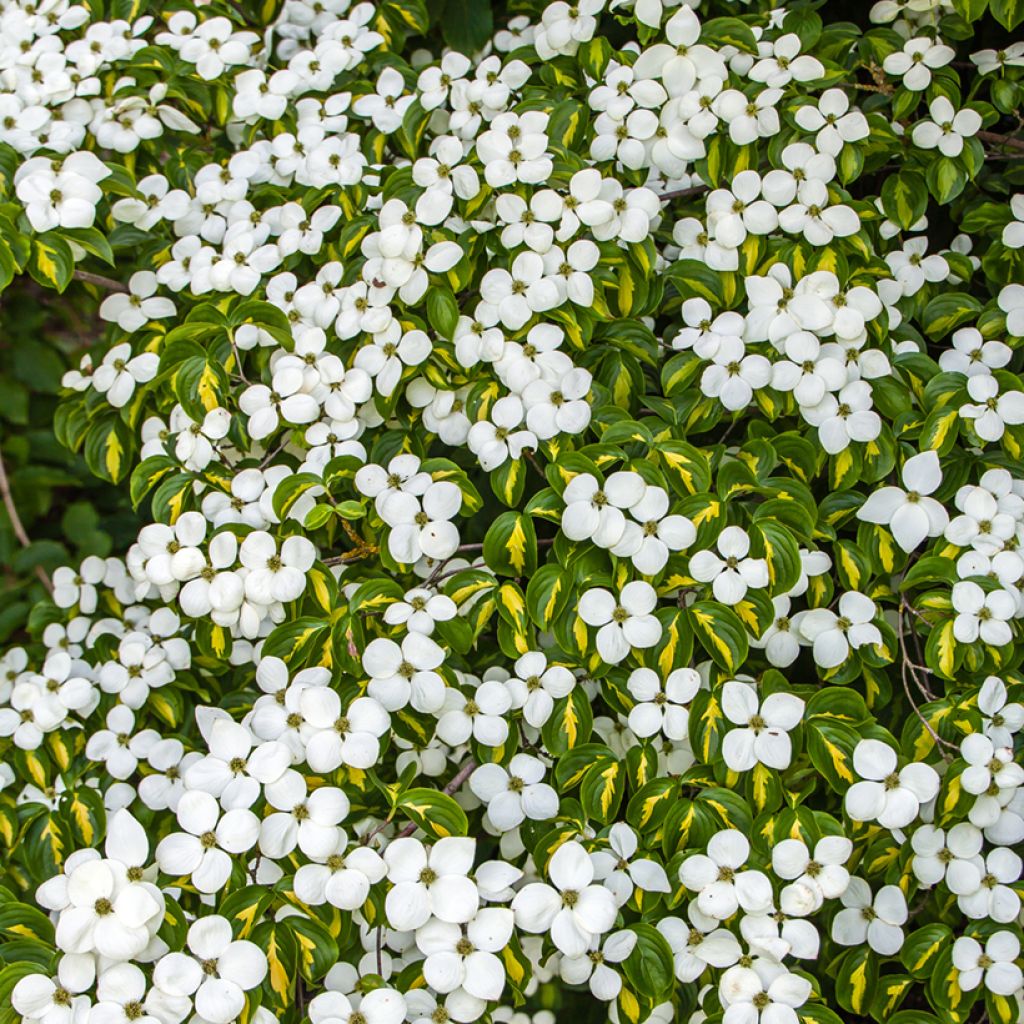

Cornus kousa Gold Star - Flowering Dogwood
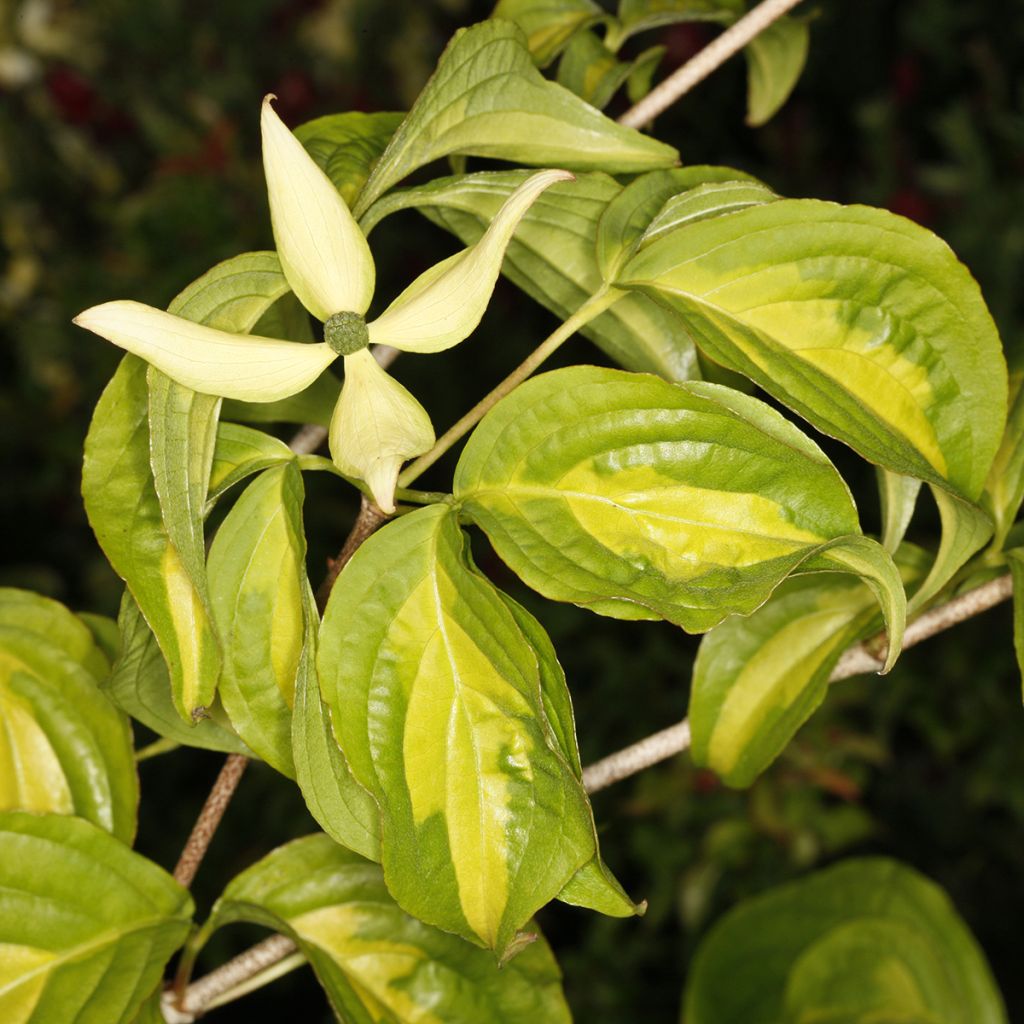

Cornus kousa Gold Star - Flowering Dogwood


Cornus kousa Gold Star - Flowering Dogwood
Cornus kousa Gold Star - Flowering Dogwood
Cornus kousa Gold Star
Kousa Dogwood, Japanese Dogwood, Chinese Dogwood
Special offer!
Receive a €20 voucher for any order over €90 (excluding delivery costs, credit notes, and plastic-free options)!
1- Add your favorite plants to your cart.
2- Once you have reached €90, confirm your order (you can even choose the delivery date!).
3- As soon as your order is shipped, you will receive an email containing your voucher code, valid for 3 months (90 days).
Your voucher is unique and can only be used once, for any order with a minimum value of €20, excluding delivery costs.
Can be combined with other current offers, non-divisible and non-refundable.
Home or relay delivery (depending on size and destination)
Schedule delivery date,
and select date in basket
This plant carries a 24 months recovery warranty
More information
We guarantee the quality of our plants for a full growing cycle, and will replace at our expense any plant that fails to recover under normal climatic and planting conditions.
Would this plant suit my garden?
Set up your Plantfit profile →
Description
The Cornus kousa 'Gold Star' is a Japanese selection from the last century that retains all its ornamental interest. Its foliage, a beautiful bright green, is adorned with a yellow central macule that makes the bush very decorative, even in the absence of flowering. In autumn, it takes on a bright red colour that makes it an unforgettable spectacle. In spring, graceful white flowers bloom on the foliage, simulating a flight of butterflies. They then produce beautiful red, ornamental, and edible berries, which ripen during a long hot summer. Very hardy, less demanding to grow than its cousin Cornus florida, this beautiful bush undoubtedly deserves to be planted more.
Cornus kousa is a small tree or large bush, native to Japan, China, and Korea. Its architectural silhouette, supported by layered and horizontal branches, gives it a Japanese appearance. The botanical species has long been used by breeders to create original horticultural varieties. This is the case with 'Gold Star', introduced in 1977 on the Japanese market by the Sakata Nursery Company, a nursery located in Yokohama, south of Tokyo. This variety was then marketed in the United States from 1983.
'Gold Star' is easily recognised by its variegated bright green foliage. A central macule with slightly irregular contours stretches along the length of the leaf, bordered by tender green in spring, and then becomes more intense in summer. Slow-growing, this bush reaches approximately 1.50m (5ft) in height and 1.25m (4ft) in width in about 10 years, eventually reaching 2.5 to 3m (8 to 10ft) in height and 2 to 2.50m (7 to 8ft) in width, sometimes more. It has a spreading V-shaped habit, very architectural and ornamental. The dense foliage consists of elliptical leaves approximately 10cm (4in) long and 5cm (2in) wide, with visible veins and a slightly satin surface. When autumn arrives, they turn into a beautiful crimson red fireworks display before decorating the ground when they fall.
Spring is the second highlight when "flowers" form in May-June, which are flower heads measuring 10-11cm (4in) in diameter. These are clusters of small true flowers, green, surrounded by four pointed bracts forming a star. Pure white, they last a few weeks after the pollination of the true flowers. With a fairly geometric but very airy design, appearing on the foliage, they evoke a colony of butterflies resting on the plant and spreading their wings in the sun. The flowers are followed by 2.5cm (1in) diameter fruits, red in colour, resembling strawberries. The higher the summer temperatures, the more abundant the fruiting. The fruits are edible, fleshy, with a sweet taste, although they do not have real culinary interest, they enhance the ornamental character of this bush at the end of the season.
Cornus kousa 'Gold Star' thrives in continental climates, with marked summers and winters, but also performs well in milder areas. In hot regions, it should be planted in a sheltered spot away from scorching sun. In a small garden, its multiple attributes fully justify planting it as a standalone tree on a lawn, allowing it to be admired without restraint. In larger plots, it can be paired with other shrubs and perennial plants in a varied plant bed. A caramel tree (Cercidiphyllum japonicum) planted in the centre of your bed will provide some shade for acid-loving plants that will complement this dogwood well. The small Fothergilla gardenii will fill the base of the dogwood, delighting you with its fragrant white flowers in spring and stunning autumn colours. To further enhance all these colours, plant some dark green evergreen foliage that will contrast beautifully when the time comes. Rhododendrons, Camellias, and Kalmias will offer you magnificent and extended flowering seasons to perfect your garden.
Report an error about the product description
Cornus kousa Gold Star - Flowering Dogwood in pictures




Plant habit
Flowering
Foliage
Botanical data
Cornus
kousa
Gold Star
Cornaceae
Kousa Dogwood, Japanese Dogwood, Chinese Dogwood
Cultivar or hybrid
Planting and care
Originally from Japan, Korea, and China, Cornus kousa bushes thrive in continental climates and temperate zones. Extremely cold temperatures during winter can result in a lack of or reduced flowering. Long hot summers promote fruit ripening. However, this bush is very hardy and can withstand frost up to -25°C (1°F). It tolerates sunny exposures in areas with moderately hot summers. In hot regions, it should be planted in a sheltered spot away from scorching sun.
It prefers deep, fertile, well-drained soils that are slightly acidic or neutral (it is not a plant for ericaceous soil, which is too poor and dries out quickly). It greatly appreciates the thick humus of leafy undergrowth. It can tolerate clay soils as long as it is protected from excess moisture, especially in winter. Plant it in a deep hole lined with clay balls, coarse sand, or gravel to ensure good drainage if necessary, in a very compact soil. Any good, balanced, and soft garden soil is suitable for it. When planting, add compost and leaf mould. Mulching with pine bark will help maintain freshness in summer and promote soil acidity.
Pruning is not obligatory, but can be done at the end of winter to remove diseased or dead wood and crossing branches in order to maintain an attractive habit. During the first two years of planting, watering should be regular in summer, afterwards, it can manage on its own.
Planting period
Intended location
Care
This item has not been reviewed yet - be the first to leave a review about it.
Similar products
Haven't found what you were looking for?
Hardiness is the lowest winter temperature a plant can endure without suffering serious damage or even dying. However, hardiness is affected by location (a sheltered area, such as a patio), protection (winter cover) and soil type (hardiness is improved by well-drained soil).

Photo Sharing Terms & Conditions
In order to encourage gardeners to interact and share their experiences, Promesse de fleurs offers various media enabling content to be uploaded onto its Site - in particular via the ‘Photo sharing’ module.
The User agrees to refrain from:
- Posting any content that is illegal, prejudicial, insulting, racist, inciteful to hatred, revisionist, contrary to public decency, that infringes on privacy or on the privacy rights of third parties, in particular the publicity rights of persons and goods, intellectual property rights, or the right to privacy.
- Submitting content on behalf of a third party;
- Impersonate the identity of a third party and/or publish any personal information about a third party;
In general, the User undertakes to refrain from any unethical behaviour.
All Content (in particular text, comments, files, images, photos, videos, creative works, etc.), which may be subject to property or intellectual property rights, image or other private rights, shall remain the property of the User, subject to the limited rights granted by the terms of the licence granted by Promesse de fleurs as stated below. Users are at liberty to publish or not to publish such Content on the Site, notably via the ‘Photo Sharing’ facility, and accept that this Content shall be made public and freely accessible, notably on the Internet.
Users further acknowledge, undertake to have ,and guarantee that they hold all necessary rights and permissions to publish such material on the Site, in particular with regard to the legislation in force pertaining to any privacy, property, intellectual property, image, or contractual rights, or rights of any other nature. By publishing such Content on the Site, Users acknowledge accepting full liability as publishers of the Content within the meaning of the law, and grant Promesse de fleurs, free of charge, an inclusive, worldwide licence for the said Content for the entire duration of its publication, including all reproduction, representation, up/downloading, displaying, performing, transmission, and storage rights.
Users also grant permission for their name to be linked to the Content and accept that this link may not always be made available.
By engaging in posting material, Users consent to their Content becoming automatically accessible on the Internet, in particular on other sites and/or blogs and/or web pages of the Promesse de fleurs site, including in particular social pages and the Promesse de fleurs catalogue.
Users may secure the removal of entrusted content free of charge by issuing a simple request via our contact form.
The flowering period indicated on our website applies to countries and regions located in USDA zone 8 (France, the United Kingdom, Ireland, the Netherlands, etc.)
It will vary according to where you live:
- In zones 9 to 10 (Italy, Spain, Greece, etc.), flowering will occur about 2 to 4 weeks earlier.
- In zones 6 to 7 (Germany, Poland, Slovenia, and lower mountainous regions), flowering will be delayed by 2 to 3 weeks.
- In zone 5 (Central Europe, Scandinavia), blooming will be delayed by 3 to 5 weeks.
In temperate climates, pruning of spring-flowering shrubs (forsythia, spireas, etc.) should be done just after flowering.
Pruning of summer-flowering shrubs (Indian Lilac, Perovskia, etc.) can be done in winter or spring.
In cold regions as well as with frost-sensitive plants, avoid pruning too early when severe frosts may still occur.
The planting period indicated on our website applies to countries and regions located in USDA zone 8 (France, United Kingdom, Ireland, Netherlands).
It will vary according to where you live:
- In Mediterranean zones (Marseille, Madrid, Milan, etc.), autumn and winter are the best planting periods.
- In continental zones (Strasbourg, Munich, Vienna, etc.), delay planting by 2 to 3 weeks in spring and bring it forward by 2 to 4 weeks in autumn.
- In mountainous regions (the Alps, Pyrenees, Carpathians, etc.), it is best to plant in late spring (May-June) or late summer (August-September).
The harvesting period indicated on our website applies to countries and regions in USDA zone 8 (France, England, Ireland, the Netherlands).
In colder areas (Scandinavia, Poland, Austria...) fruit and vegetable harvests are likely to be delayed by 3-4 weeks.
In warmer areas (Italy, Spain, Greece, etc.), harvesting will probably take place earlier, depending on weather conditions.
The sowing periods indicated on our website apply to countries and regions within USDA Zone 8 (France, UK, Ireland, Netherlands).
In colder areas (Scandinavia, Poland, Austria...), delay any outdoor sowing by 3-4 weeks, or sow under glass.
In warmer climes (Italy, Spain, Greece, etc.), bring outdoor sowing forward by a few weeks.


































